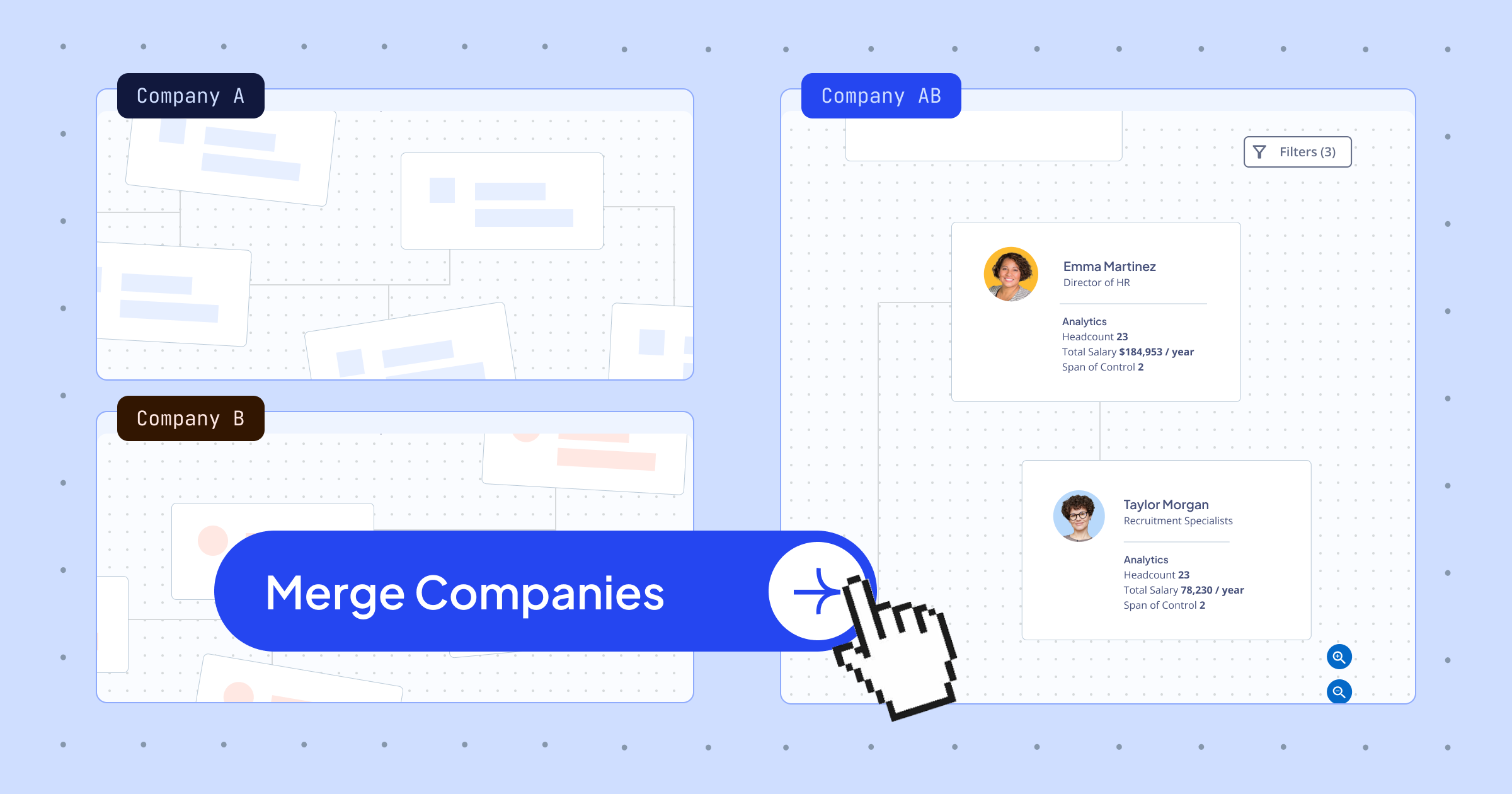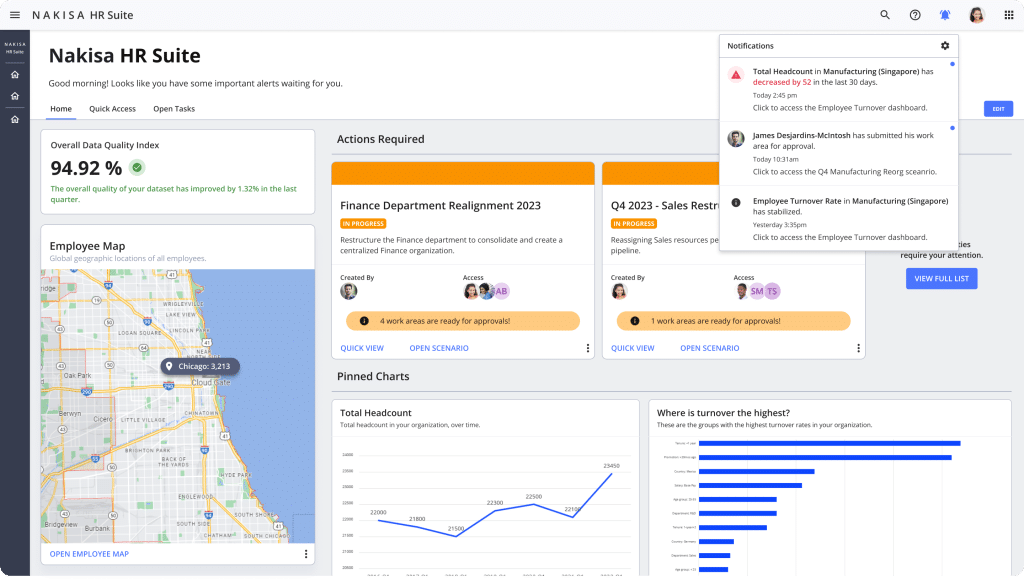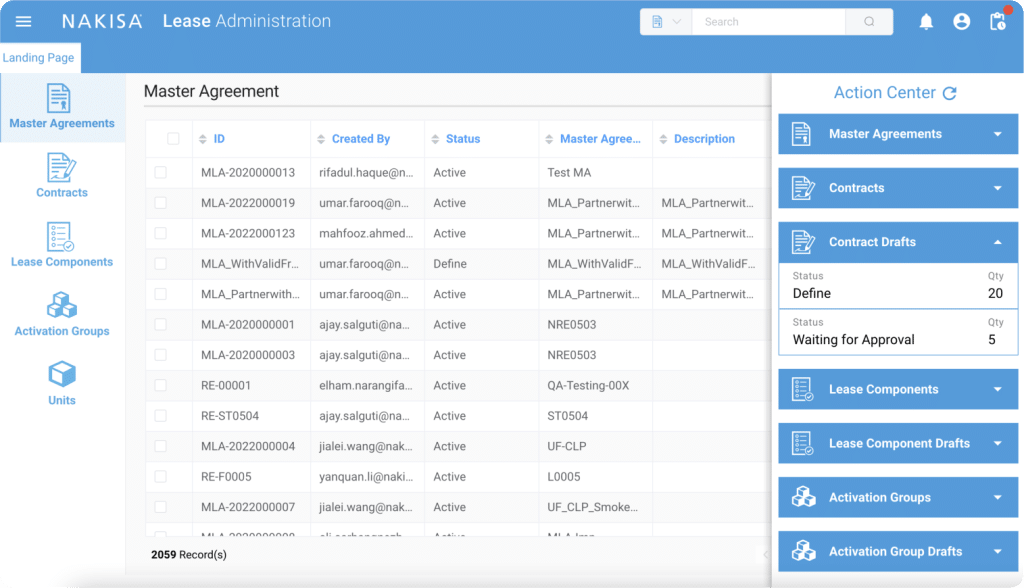It’s full steam ahead for mergers and acquisitions (M&A).
That’s according to Deloitte’s 2018 “State of the Deal” report, which surveyed more than 1,000 executives about their expectations for M&As over the next year. Nearly two-thirds of executives at U.S.-based corporations expected deal flow to increase in the next twelve months. A majority of respondents also expected deal size to grow as well. No real surprise given it's one of the fastest ways to grow the business quickly.
With all this new M&A activity, executives are looking to streamline the process. There's a need to reduce the conflicts, costs, and work time that often come along with large deals.
Now they’re increasingly looking at technology to help. The Deloitte survey found that nearly 63 percent of respondents are using new technology solutions to help with integration and reporting when merging with or acquiring a company.
Big challenges
As our guide to M&A challenges clearly illustrates, important information is often strewn across spreadsheets or in filing cabinets. This means M&A teams of the past often struggled to make timely decisions that had the full view of the organization in mind.
The disjointed nature of these past M&A approaches often led to longer transition times and higher operating costs. More than that, organizational challenges like staff disruptions and negative impacts on employee morale impact overall productivity and profitability.
Addressing these challenges is an essential part of the process to improve the success of mergers and acquisitions, and technology can help.
Data-fueled decision-making
Every large enterprise organization needs strong people data and analytics to make key decisions. With M&As, the need for powerful data is even more vital.
Human Capital Management (HCM) and Human Resource Information Systems (HRIS) have helped to centralize workforce and employee data. But their focus is narrower on people management—things like payroll and benefits, or record keeping. This limits how effective they can be in contributing to the efficiency of large-scale efforts like M&A deals.
HR teams have always had a role to play in the data-gathering and decision-making process around M&As. In recent years, however, their role in visualizing and planning big transitions has become more prominent. And the focus is now on how to achieve this.
Bringing it all together
“It used to be that HR just did as it was told and didn’t have much impact in the overall strategy of the organization,” writes author and futurist Jacob Morgan in Inc. “Today, human resources employees help shape and lead strategy, especially as organizations realize the impact employee experience can have on growth and revenue.”
Part of this shift in HR’s role is due to the powerful transformation in HR technology in recent years. New solutions use the power of AI and analytics to provide key organizational and people data in real time. Ensuring due diligence in key decision-making becomes a much smoother process.
Nakisa HR Suite (formerly Hanelly)'s organizational design software is an example of a solution that uses cloud-native architecture. A benefit is quick adoption for HR teams and organizational leaders. It becomes a source of unified HR and business data, powerful analytics, and scenario creation for organizational and talent decisions. Add the ability for different teams in different offices to collaborate easily, and the organization will be able to make quicker, better-informed, and more profitable decisions.
When it comes to M&As, these organizational design solutions are a game-changer. View our recent webinar with NGA addressing this topic.
There are a series of important steps companies must go through to ensure successful M&A deals:
- Understanding your current organizational structures
- Defining organizational goals for your M&A
- Modeling alternative organizational design changes
- Monitoring progress throughout the M&A transition
- Tracking change through analytics and reporting
- Measuring goal achievement
- Planning next steps and developing a system for continuous improvement
Each and every one of these steps cannot happen without powerful, real-time business and people data. That’s why new HR and organizational tools will play such a prominent role in future M&As.
As organizations expect more and bigger deals in the future, ensuring they’ve equipped themselves with the right tools—and the right teams—to make every M&A a success is essential.





